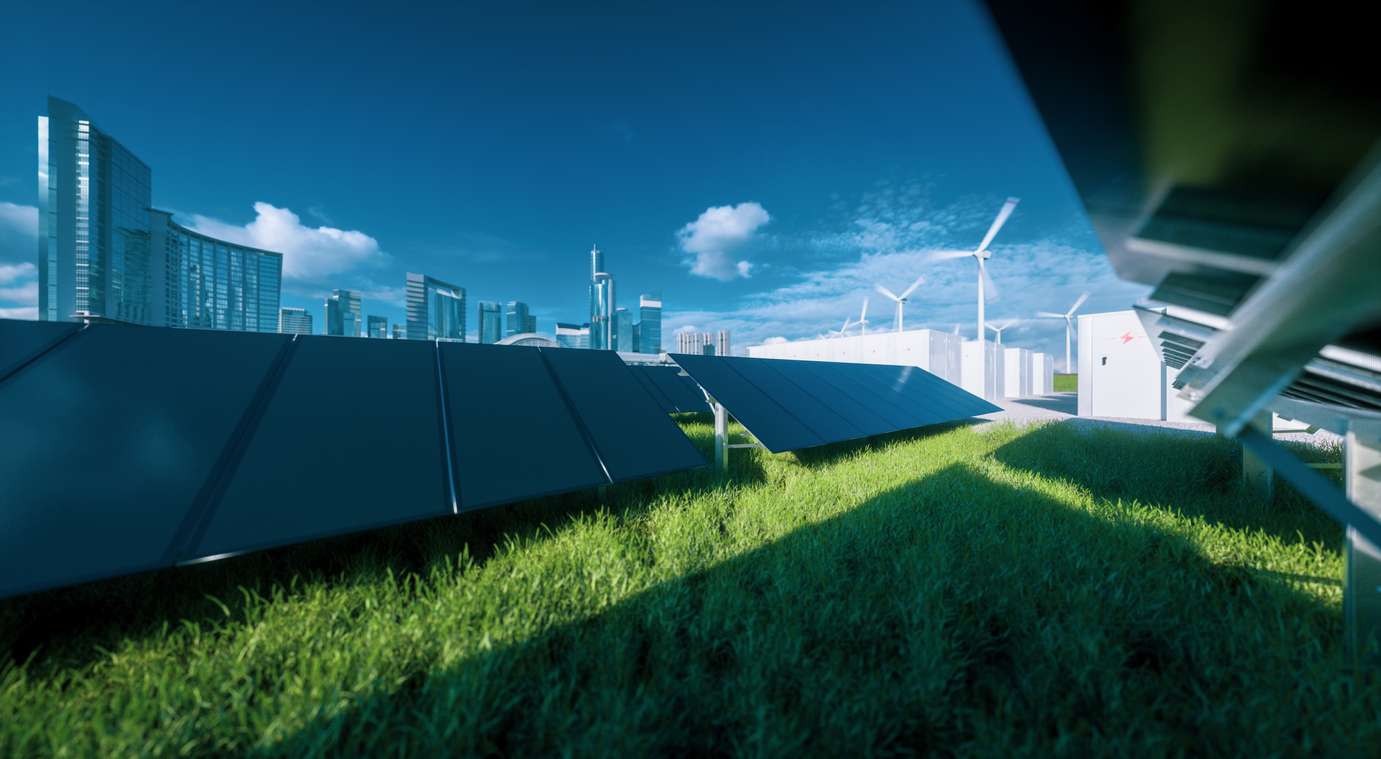
After the Working Group first (WGI) report and the 2nd one released in February 2022, the 3rd and final report of the Intergovernmental Panel on Climate Change came out Monday, 4th April! Before starting, it might be interesting to read about the 2nd and 1st section of the IPCC report. This third part of the Sixth Assessment Report, Climate Change 2022: Mitigation of Climate Change, mostly covers the ways to reduce carbon gas emissions. We discuss below its content and the solutions outlined in the report.
Recent trends and developments:
- The total man-made greenhouse gas emissions continued to increase between 2010-2019. Actually, the average annual emissions of this period is the highest in history.
- To limit the temperature rise to +1;5° by the end of the century, global carbon emissions should be reduced by half till 2030, compared to actual levels. There are now possibilities in all industries and regions to reduce emissions by at least half by 2030. This is a necessity to avoid the worst consequences of climate change.
- Households in the top 10% of the highest incomes are generating 34 to 45% of the mondial global carbon emissions.
- Coal consumption must be reduced by 76% by 2030 and disappear by 2050. We should close the oil and gas infrastructure before the end of its expected life. The report is making it pretty clear that nothing new should be built on fossil fuels.
- Financial flows must increase by 3 to 6 times to finance the global ecological transition. The good news is that there is enough capital available globally to finance the ecological transition, the problem is its distribution.
- Individual choices alone can only partially meet the necessary GHG reduction. However, putting in place the required policies and infrastructure provides an incentive for citizens to change.
The solutions are already there:
“Climate change is the result of more than a century of unsustainable energy and land use, lifestyles and patterns of consumption and production” said IPCC Working Group III Co-Chair, Jim Skea. “This report shows how taking action now can move us towards a fairer, more sustainable world.”
The report provides an overview of possible futures. It highlights that a number of mitigation measures are available to reduce emissions, and so prevent the worst effects of climate change and lead to more sustainable development. The cost of renewable energy technologies has fallen significantly and the deployment of climate friendly solutions such as solar and wind power, electric vehicles and battery energy storage has sped up in recent years. The report attests that the protection and restoration of natural ecosystems offers enormous mitigation potential by absorbing and retaining carbon from the atmosphere.
The 3rd section of the report is important because it provides solutions that could be directly deployed. Sobriety, energy efficiency, innovations, the solutions exist and the IPCC is categorical: acting will cost less than inaction.
Once again, it is only science!
This report is a synthesis of approximately 18,000 scientific papers. The 278 lead authors responded to 59,212 comments from governments and experts. It was the longest IPCC approval plenary in its 34-year history. Even if everyone seems to agree on anthropogenic climate change, its solutions are more controversial.


